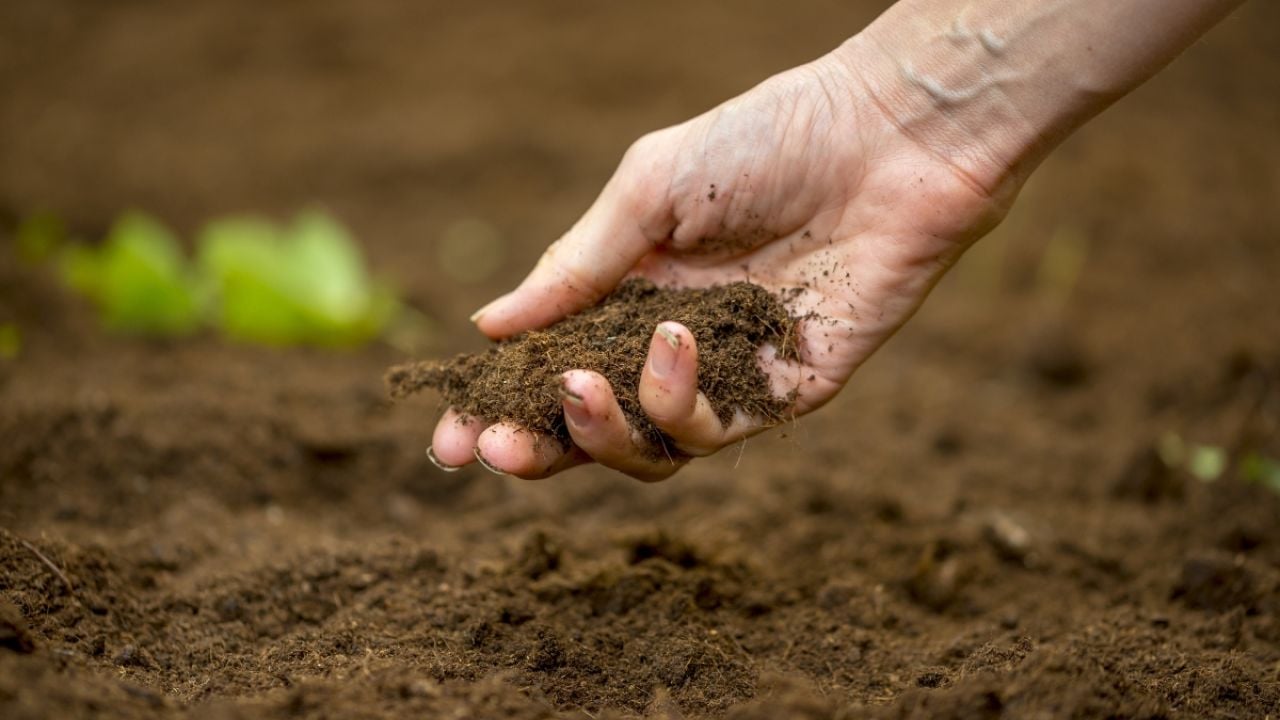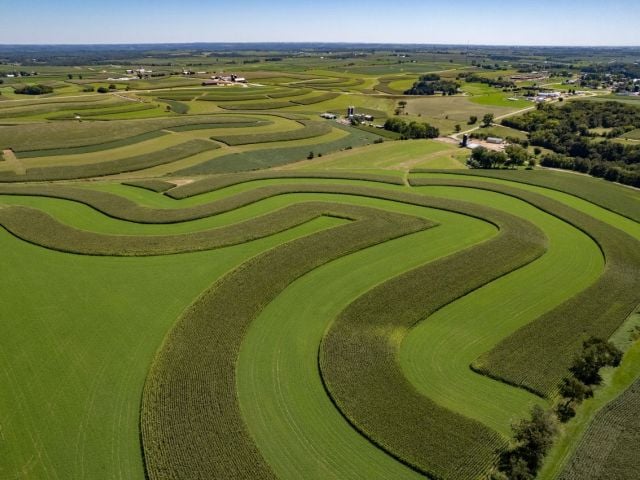
The Inflation Reduction Act, or IRA, set aside $19.5 billion for agricultural conservation programs that pay farmers to implement conservation practices that reduce agriculture’s greenhouse gas emissions.
A few principal House and Senate Republicans are proposing to use this funding to increase payments for farm subsidy programs. It is vital that Congress maintain this funding for the established conservation programs to help farmers reduce their emissions.
Greenhouse gas contributions from the agricultural industry represent at least 11 percent of all U.S. emissions, according to the Environmental Protection Agency, and agriculture’s contribution to the climate crisis is likely much larger than that.
But it’s also important to keep this funding for conservation, with climate “side boards,” because farmer demand for conservation programs has long exceeded the available funding. And most U.S. farms are eligible for conservation money, but farm subsidies benefit only a small number of farms.
The $19.5 billion in IRA funding is supposed to be spread across four oversubscribed conservation programs.
- Agricultural Conservation Easement Program, or ACEP. In fiscal year 2021, around 42 percent of Agricultural Land Easement applications were enrolled, while for Wetland Reserve Easements, an astoundingly low 6 percent of applications were enrolled.
- Conservation Stewardship Program, or CSP. In fiscal year 2020, only 35 percent of applications were funded.
- Environmental Quality Incentives Program, or EQIP. In fiscal year 2021, only 30 percent of the applications made by farmers were funded. The unfunded applications would have required $1.1 billion extra.
- Regional Conservation Partnership Program, or RCPP. Enrollment information was not available.
A recent report from the Institute for Agriculture and Trade Policy highlights the percent of EQIP and CSP applications accepted and funded in 2022 in each state. For EQIP, North Carolina had the lowest rate of accepted applications, at 15.5 percent. CSP was even worse, with Mississippi having the lowest rate of applications accepted and funded, at just 7.5 percent.
Farmer demand for these conservation programs is so strong that some farmers are getting left behind, even with the IRA funding for climate-smart conservation.
The Natural Resources Conservation Service reported how many applications it had received for fiscal year 2023 for the four programs:
- EQIP. 8,791 applications received and 2,323 funded, or 26 percent. There was $475 million in applications, but only $250 million available.
- CSP. 3,871 applications received and 1,549 funded, or 40 percent, which exceeded the $250 million in available funding.
- ACEP. 263 applications received and 77 selected for funding, or 29 percent. There was over $180 million in applications, but only $100 million available.
- RCPP. There was more than $2 billion in project proposals, but only $250 million available.
Most U.S. farmers are eligible to participate in conservation programs. For many of the largest programs, like EQIP and CSP, all types of agricultural land qualify for funding – not just cropland but also pasture and rangeland. And farms of all sizes can benefit from these programs. For example, there is no minimum number of acres a farm has to have or enroll to participate in EQIP.
On the other hand, farm subsidy programs go to relatively few recipients. Only around 30 percent of U.S. farms receive farm subsidies. Many farms are too small or do not grow the right crops to collect subsidy payments.
Instead of most farms being eligible, as with conservation programs, these are the recipients that benefit the most from farm subsidies:
- The largest and wealthiest farms. Farm subsidies are paid out based on acreage or production levels, so the largest farms get most of the subsidies. Just 10 percent of recipients got 79 percent of commodity subsidies between 1995 and 2021. Farm households in general are wealthier than the average U.S. household – only 2.4 percent of all farms have levels of wealth lower than the average U.S. household.
- Commodity farmers. Most farm subsidies go to farmers who grow one or a combination of just four major commodity crops: corn, soybeans, wheat and cotton. Growers of “specialty crops” like fruits, vegetables and nuts get a very small share of farm subsidies.
- White farmers. Because farm subsidies mostly go to the largest and wealthiest farms, they also mostly go to white farmers. Farmers of color are more likely to have smaller farms, so they receive significantly less subsidies than white farmers.
- City slickers. It is very easy for farm subsidy recipients to qualify; they do not even have to live or work on a farm to get payments. Thousands of people who live in cities and other areas far away from agriculture receive farm subsidies every year.
- Established farmers. It is more difficult for new and beginning farmers to collect farm subsidies than already established farmers. Because of how farm subsidy payments are calculated, established farmers are at an advantage to receive payments.
Conservation programs benefit a wide variety of farmers, whereas farm subsidies reward a specific segment of the agricultural community.
To benefit the most farmers and help reduce agriculture’s greenhouse gas emissions, IRA funding should remain in the conservation programs. Spending these billions of dollars on farm subsidy programs instead would mostly benefit a small number of large, wealthy farms and do nothing to reduce farms’ contributions to rapidly intensifying climate change.
Editor's note (9/19/23): This article has been updated to add further data on conservation funding applications



